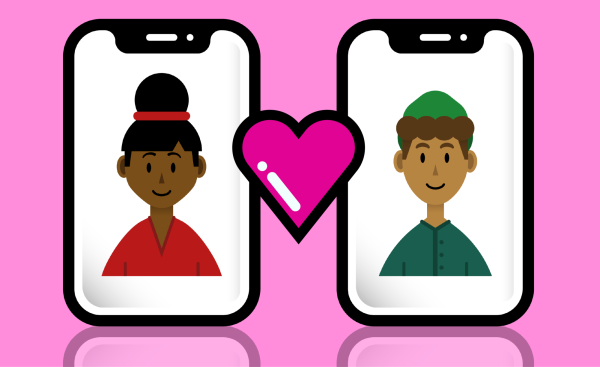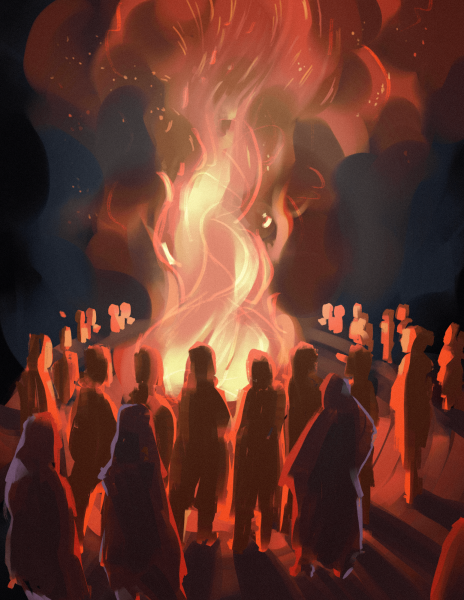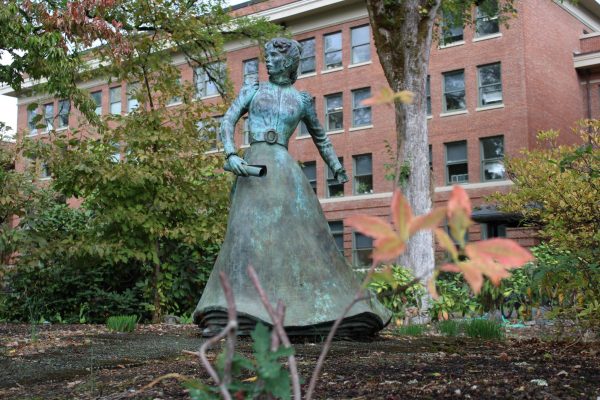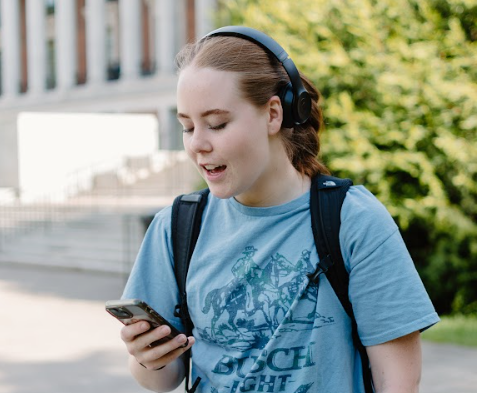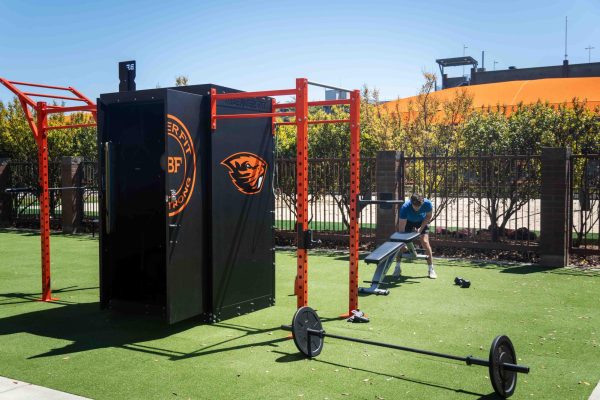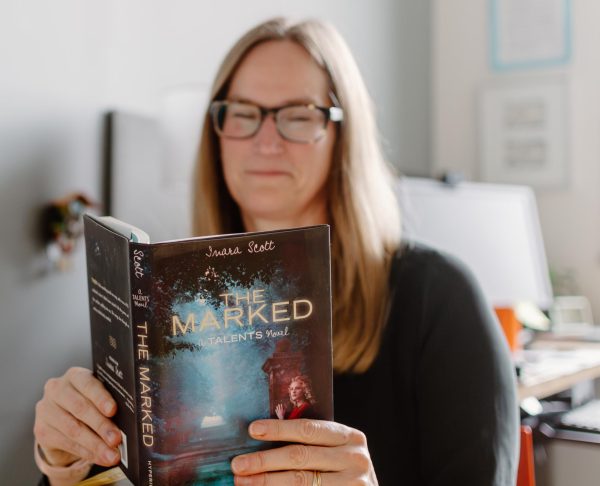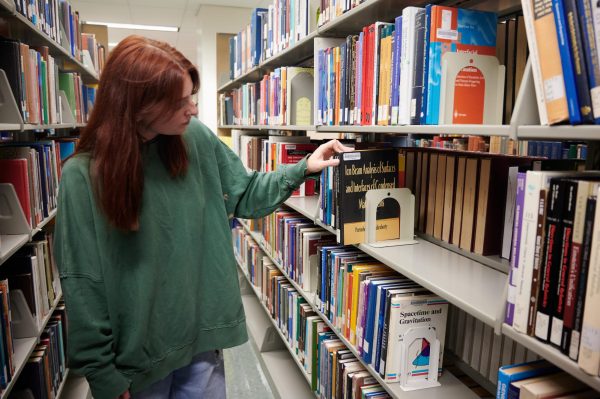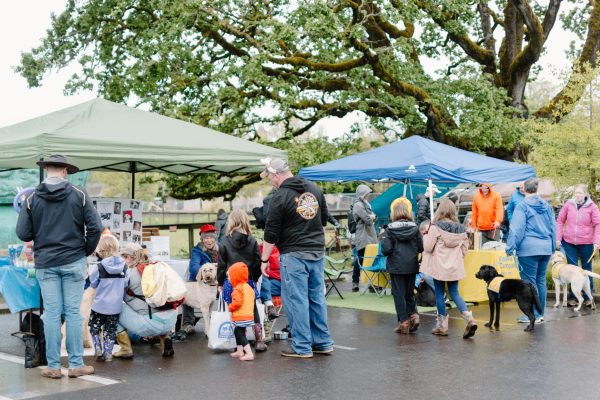Centro Cultural César Chávez: The past, present and future
The front entrance of the Centro Cultural César Chávez on Tuesday, October 4, 2022. The Centro Cultural César Chávez is a cultural center with spaces for students to study, gather, and do activities in.
November 3, 2022
“The Centro means a lot of opportunities,” said Freddy León, Centro Cultural César Chávez director.
The Centro provides opportunities for students to engage on many levels, from programming events, expressing their creative sides through open mics, engaging in learning opportunities and meeting others in the Latinx community all at the same time, according to León.
The work that makes the Centro the place of opportunity it is today dates back to almost 45 years ago.
The Centro Cultural César Chávez first opened its door in April 1977 as a result of years of student activism but under a different name and in a different building.
Roughly five years before the center opened in its first independent iteration, students from the Black Student Union, Native American Student Union and Chicano Student Union gathered in the basement of Milam Hall to create the beginnings of a collaborative cultural center.
Thanks to the advocacy of students and staff members on the Chicano Cultural Advisory Committee, a facility of their own was established as the Chicano Cultural Center.
The small house that the Centro began as was relocated to SW A Street, the same location that the Centro stands in today, and officially opened April of 1977.
Once opened, the Chicano Cultural Center or ‘casa de la raza,’ underwent a series of name changes. In 1981 the name was changed to the Hispanic Cultural Center, which was quickly met with student disagreement as the history of the word Hispanic is derogatory. The name was then changed in 1996 to the Centro Cultural César Chávez and has remained ever since.
Third-year student and Centro graphic designer Michelle Lira Licon reflected on what it means to have a space on campus designed for the Latinx community independent of a singular joint multicultural center that other campuses have.
“I know there’s a place to have community and be with people who come from similar backgrounds as me,” Lira Licon said. “[It] means I have a place that I belong.”
In addition to holding programming centered around supporting those who identify as Latinx, the Centro has also worked in partnership with other cultural centers on campus to make the space more inclusive.
“We recognize that [we] can hold multiple identities, some of us may be Latinx but also hold Indigenous roots,” León said.
Back in 2019 the Centro launched “operation warm vibes” in an effort to steer away from the Mexican centrism that some community members and students felt was present in the space.
According to Lira Licon, as a part of this operation, student staff added more artwork from a variety of Latinx countries and created a leader wall in one of their conference rooms which displays portraits of many Latinx leaders in history and today.
“We wanted to say the center is open to anyone,” said Teresa Aguilera, fourth-year graphic design student and Centro leadership liaison.
This idea of shifting to include more Latinx identity is something that Rosy Celedonio, Centro leadership liaison, and other student staff plan to continue working on through collaborations with other centers on campus but also the idea of something bigger.
“The [purpose of the operation] from 2019 was to shift away from Mexican centrism and the person that we are named after is Mexican and some criticism of his political views,” said Lira Licon. “We might change to a name that is more inclusive to more latinx identities in general.”
León, who is new to his role as Centro director, hopes to continue the work that these students have been doing.
“I see that the Centro is a welcoming environment for folks and my hope is to continue that work and continue operating that way and making sure students know they can come,” said León. “They have a space here.”





